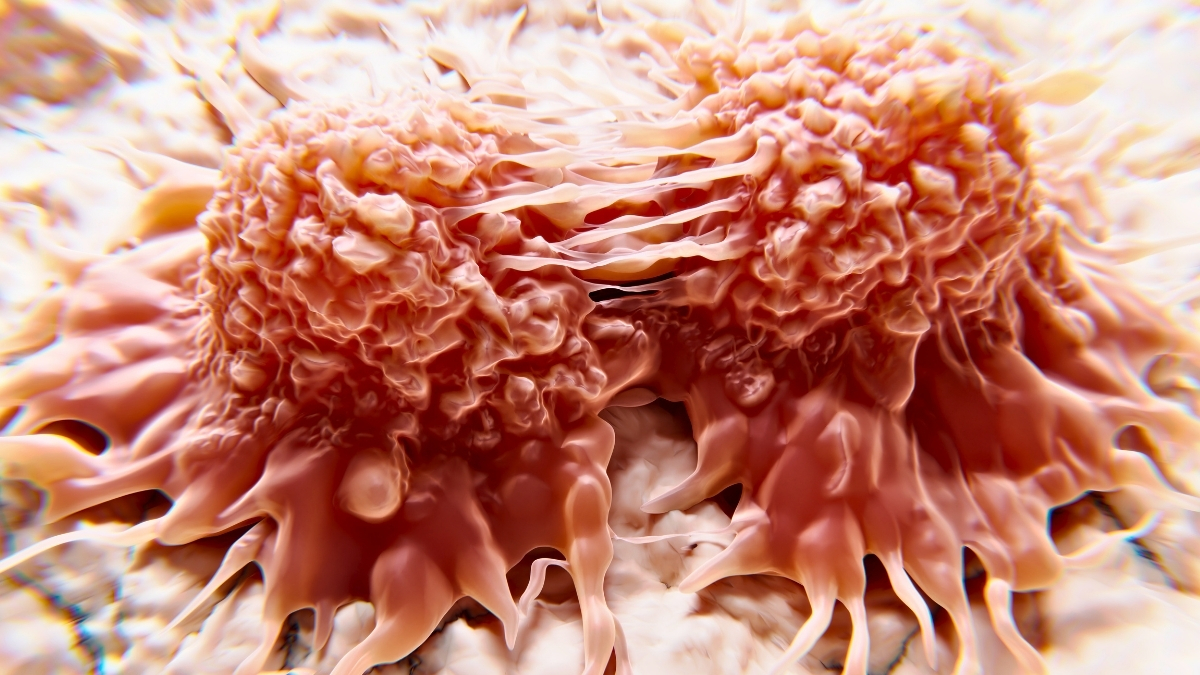GLP-1 RA usage is associated with a reduction in risk of developing nonexudative
Research has…

GLP-1 RA usage is associated with a reduction in risk of developing nonexudative
Research has…

Cancer treatment has come a long way, but many of today’s therapies still come with steep costs: not just financial, but physical and emotional too. Chemotherapy and radiotherapy remain vital tools, yet they often damage healthy cells…

Megan Fox and Machine Gun Kelly are reportedly closer than before after welcoming their baby daughter
As per a recent report by People, things between the…

Emma Stone is known for…

Mitchell Marsh-led Australia eye history in Sydney. Photo: BCCI X

Australia will host India in the third and final ODI of the series at the Sydney Cricket Ground on Saturday (October 25). The home team is 2-0 ahead. Australia are eyeing an…

Taipei, Taiwan., Oct. 24, 2025 (GLOBE NEWSWIRE) — Miluna Acquisition Corp (Nasdaq: MMTXU) (the “Company”), a Cayman Islands exempted company, announced today the closing of its initial public offering of 6,000,000 units at $10.00 per unit. The units are listed on the Nasdaq Global Market (“Nasdaq”) and began trading under the ticker symbol “MMTXU” on October 23, 2025. Each unit consists of one (1) ordinary share and one (1) redeemable warrant. Once the securities comprising the units begin separate trading, the ordinary shares and warrants are expected to be listed on Nasdaq under the symbols “MMTX” and “MMTXW”, respectively.
Concurrently with the closing of the initial public offering, the Company closed on a private placement of 194,100 units at a price of $10.00 per unit, resulting in gross proceeds of $1,941,000. Each private placement unit consists of one (1) ordinary share and one (1) redeemable warrant.
D. Boral Capital LLC and ARC Group Securities LLC are acting as joint book-running managers in the offering. The underwriters have been granted a 45-day option to purchase up to an additional 900,000 units offered by the Company to cover over-allotments, if any. ARC Group Limited acted as financial advisor to the Company. The Company was represented by Hunter Taubman Fischer & Li LLC as its legal counsel, and D. Boral Capital LLC and ARC Group Securities LLC were represented by Baker & Hostetler LLP as their legal counsel.
Of the net proceeds received from the consummation of the initial public offering and simultaneous private placement, $60,000,000 ($10.00 per unit sold in the public offering) was placed in trust. An audited balance sheet of the Company as of October 24, 2025, reflecting receipt of the proceeds upon consummation of the initial public offering and the private placement will be included as an exhibit to a Current Report on Form 8-K to be filed by the Company with the U.S. Securities and Exchange Commission (the “SEC”).
A final prospectus relating to and describing the final terms of the offering has been filed with the SEC. The offering is being made only by means of a prospectus. Copies of the prospectus may be obtained, when available, from D. Boral Capital LLC, 590 Madison Ave., 39th Floor, New York, New York 10022, by telephone at (212) 970-5150 or by email at info@dboralcapital.com or from ARC Group Securities LLC, 398 S Mill Ave, Suite 201B, Tempe, AZ 85281, by email at operations@arc-securities.com. Copies of the final prospectus can also be accessed through the SEC’s website at www.sec.gov.
This press release shall not constitute an offer to sell or a solicitation of an offer to buy, nor shall there be any sale of these securities in any state or jurisdiction in which such offer, solicitation or sale would be unlawful prior to registration or qualification under the securities laws of any such state or jurisdiction.
About Miluna Acquisition Corp
Miluna Acquisition Corp is a blank check company formed for the purpose of effecting a merger, share exchange, asset acquisition, share purchase, recapitalization, reorganization or similar business combination with one or more businesses or entities. The Company may pursue a business combination with a target in any industry or geographic region that it believes can benefit from the expertise and capabilities of its management team, except that the Company will not pursue a prospective target company based in or having the majority of its operations in the People’s Republic of China.
Forward-Looking Statements
This press release contains statements that constitute “forward-looking statements,” including with respect to the initial public offering and the anticipated use of the net proceeds. No assurance can be given that the offering discussed above will be completed on the terms described, or at all, or that the net proceeds of the offering will be used as indicated. Forward-looking statements are subject to numerous conditions, many of which are beyond the control of the Company, including those set forth in the Risk Factors section of the Company’s registration statement and preliminary prospectus for the Company’s offering filed with the SEC. Copies are available on the SEC’s website, www.sec.gov. The Company expressly disclaims any obligations or undertaking to release publicly any updates or revisions to any forward-looking statements contained herein to reflect any change in the Company’s expectations with respect thereto or any change in events, conditions or circumstances on which any statement is based, except as required by law.
Contact:
Czhang Lin
Chief Executive Officer
czhang1@gmail.com